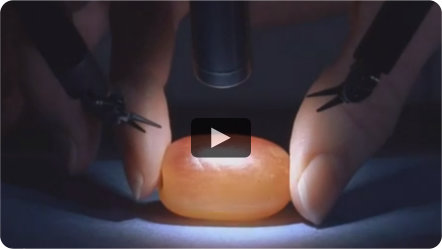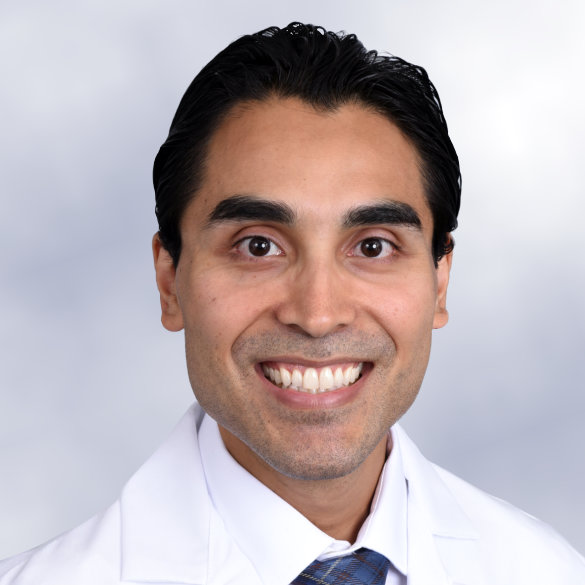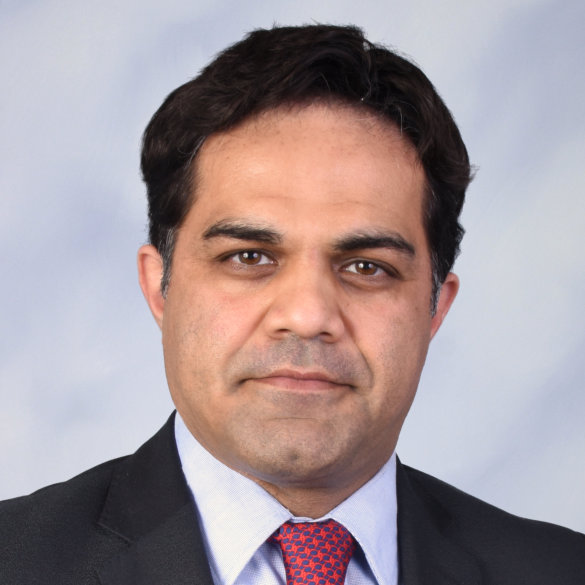Minimally invasive,
robotic surgery
at NorthBay
- Less pain
- Less scarring
- Fewer complications
- Faster recovery
About Robotic Surgery

NorthBay Health, the first program in the area to invest in robotic surgery, recently acquired the latest da Vinci Xi system which allows surgeons to perform complex and delicate procedures with exceptional precision. The da Vinci Xi robotic surgery system, includes a camera arm and mechanical arms with surgical instruments attached to them. The surgeon controls the arms while seated at a computer console near the operating table while the rest of the surgical team is at the patient’s bedside.
The robotic surgery system uses 3D high-definition technology; the surgeon’s movements on the console are translated into very precise movements of the robotic arms. This amazing technology provides your surgeon with a better view of the operating field, better access to the surgical site and greater dexterity. As a result, robotic surgery offers patients a quicker recovery and fewer complications for patients.
Benefits of da Vinci Robotic-Assisted Surgery:
- Less blood loss and risk of infection - Using the da Vinci system, your surgeon is able to make smaller incisions rather than large ones. This leads to less blood loss and reduced risk of infection.
- Fewer complications - Robotic surgery allows your surgeon to operate with increased precision. Our goal is to fix the problem area while protecting the healthy organs, tissues and nerves around it.
- Less pain, scarring and shorter hospital stay - Robotic surgeries are typically minimally invasive, which means they involve smaller incisions than traditional “open incision” surgeries. As a result, patients typically experience less pain and scarring after surgery — and they can often go home sooner.
- Quicker return to regular activities - Robotic-assisted surgery typically leads to a shorter recovery period for patients. That means a quicker return to the everyday activities you enjoy.
NorthBay Procedures Using Robotic-Assisted Surgery:
Robotic surgery procedures are typically minimally invasive. The process involves a surgeon using the da Vinci system to make small incisions, through which a tiny camera and specialized tools are inserted. The instrument size makes it possible for surgeons to operate through one or a few small incisions. The camera’s view is then projected onto a screen, which provides a magnified, 3D, high-definition view of the surgical area. In addition to the surgeon, a surgical team is also present throughout the entire procedure to ensure your robotic-assisted surgery goes smoothly.
Your NorthBay surgeon can help you determine whether robotic surgery is recommended for your specific procedure and unique needs.
- Gallbladder removal (cholecystectomy) – This procedure is typically performed to treat gallstones and complications caused by them.
- Hernia – A hernia is an internal organ or other body part that protrudes through the wall of a muscle or tissue that typically contains it. Hernias generally require surgery and do not improve on their own.
- Hysterectomy – There are two main types of hysterectomies: a partial hysterectomy and a total hysterectomy. A partial hysterectomy involves surgery to remove the uterus only. A total hysterectomy removes the uterus plus the cervix.
- Prostate removal (radical prostatectomy) – A surgical treatment for prostate cancer, robotic prostate surgery entails removing the prostate.







